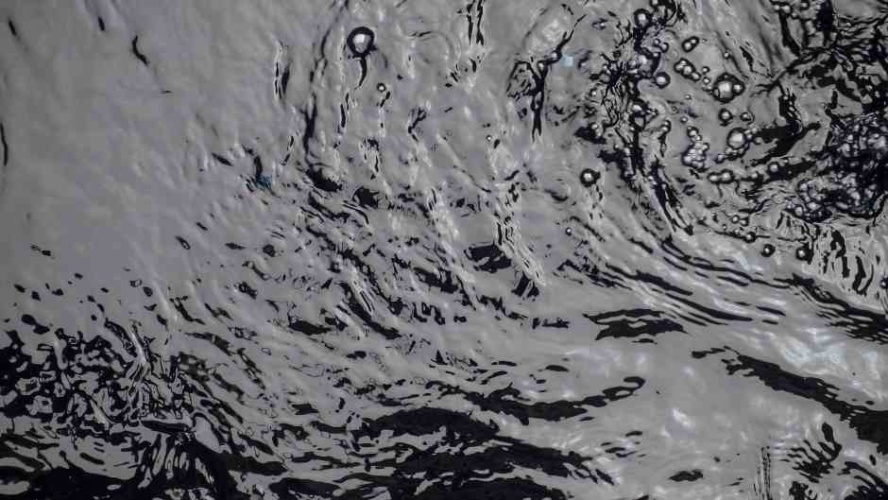
This is the claim of an international team, co-led by researchers at Strathclyde University, who used tripeptides to create crystals that are simultaneously stiff and morphable. According to Strathclyde University, the materials are composed of three-dimensional patterns of nanoscale pores where water tightly binds, and these pores are interspersed with a molecular network of stiff and flexible regions.
Study claims evaporation could provide 70 per cent of US energy
When humidity is lowered and reaches a critical value, the water escapes from the pores, leading to a contraction of the interconnected network. This results in the crystals temporarily losing their ordered patterns until humidity is restored and the crystals regain their original shape. This newly designed process can be repeated and is said to give rise to an efficient method of harvesting evaporation energy to perform mechanical work.
The research, conducted with the Advanced Science Research Center at the Graduate Center, CUNY (City University of New York), has been published in Nature Materials.
In a statement, Xi Chen, an assistant professor of chemical engineering in CUNY's Grove School of Engineering, said: "When evaporation causes water to be removed from the pores, this results in a forceful deformation of the entire crystal through a network-like connection. The resulting shape-change is reversed when water vapour is reintroduced.
"Our peptide crystals allow the direct observation of water-material interactions at the molecular level by using existing crystallographic, spectroscopic and computational methods. The revealed actuation mechanisms are applicable more generally for the designs of materials or structures that efficiently harness evaporation."
According to CUNY, materials that that swell and contract in response to changes in humidity could directly and efficiently convert energy from evaporation into mechanical motions. This new field is said to open possibilities for accessing untapped water evaporation as a source of energy as well as for developing robotic components or mechanical micro- and nano-machines.




April 1886: the Brunkebergs tunnel
First ever example of a ground source heat pump?